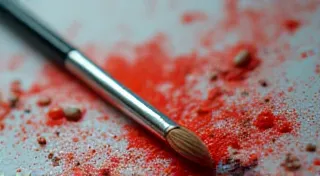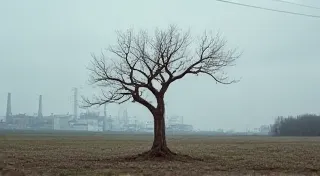Echoes of a Lost Industry: The Decline and Legacy of Antique Doll Manufacturing
The delicate porcelain face, the hand-stitched dress, the gaze that seems to hold a whisper of a forgotten time – antique dolls possess a unique power to transport us. They’re not merely toys; they’re tangible links to a past brimming with artistry, industry, and a profound sense of childhood. But the world that birthed these treasured artifacts has largely vanished, leaving behind a poignant legacy and a compelling story of decline. Tracing the trajectory of antique doll manufacturing reveals a fascinating interplay of technological advancements, economic shifts, and changing cultural values.
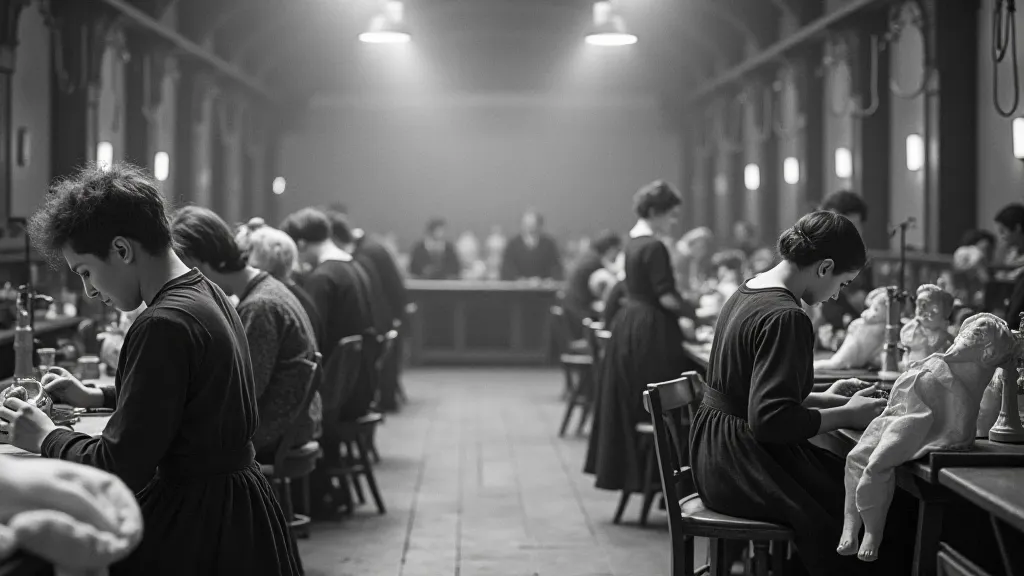
The Golden Age: A Flourishing Industry
The late 19th and early 20th centuries represent the golden age of antique doll manufacturing. Germany, France, and the United States became global centers, driven by burgeoning middle classes eager to provide elaborate toys for their children. German companies like Kämmer & Reinhardt, Jumeau, and Armand Marseille dominated the market with their highly detailed and beautifully crafted dolls. France, with its tradition of luxury goods, produced exquisite dolls with delicate features and elaborate costumes. In the US, companies like Bliss Dolls and later, Ideal, carved out their own niche, often focusing on more affordable mass-produced options.
What fueled this explosion? Several factors converged. The industrial revolution brought with it advancements in mass production techniques. The discovery and refinement of vulcanized rubber enabled the creation of realistic jointed bodies, a significant leap from the rigid wooden dolls of previous eras. The rise of department stores provided a crucial retail outlet, reaching a wider consumer base. But perhaps most importantly, the cultural emphasis on childhood shifted. Children began to be seen not just as miniature adults, but as individuals deserving of their own unique experiences and joys. Dolls became an essential part of that joyful experience. This cultural shift also influenced the aesthetic of the dolls themselves, with designers drawing inspiration from the prevailing fashions and artistic movements of the time – a subject explored in greater detail in "The Ephemeral Bloom: How Fashion Trends Shaped Antique Doll Aesthetics". Understanding this intersection between societal values and design choices offers a richer appreciation for these historical artifacts.
The Seeds of Decline: World Wars and Economic Turmoil
The First World War delivered the first blow. The scarcity of raw materials, particularly porcelain and cotton, crippled production. Many skilled artisans were drafted into military service, and factories were repurposed for wartime efforts. The interwar years saw a brief resurgence, but the Great Depression of the 1930s brought widespread economic hardship, severely impacting consumer spending. Families simply couldn't afford luxuries like antique dolls.
The Second World War proved even more devastating. Similar to the previous conflict, material shortages and wartime manufacturing needs shut down many doll factories permanently. When production resumed after the war, the focus shifted dramatically. The post-war boom brought with it a desire for modern, streamlined products. Plastic, a new and relatively inexpensive material, rapidly gained popularity.
I remember my grandmother telling me stories about her childhood doll, a simple bisque-head doll named Elsie. Elsie was patched, repainted, and loved fiercely, a testament to the resourcefulness of a generation. She described how, after the war, dolls became less about artistry and more about affordability and functionality. My grandmother felt a profound sense of loss for the beauty and craftsmanship of the dolls she’s grown up with, a sentiment echoed by many of her generation. The meticulous repair and restoration of dolls like Elsie, preserving their historical integrity and character, is a practice steeped in tradition and a deep respect for the past – a craft beautifully illuminated in "Fractured Elegance: Repairing and Restoring Antique Dolls with Reverence". The skill involved goes far beyond simple mending; it’s a nuanced art form.
The Rise of Plastic and Mass Production
The advent of plastic revolutionized the toy industry. Vinyl and later, PVC, offered a cheap and durable alternative to porcelain and cloth. Mass production techniques, perfected in other industries, were applied to doll manufacturing, resulting in dolls that were quicker and easier to produce, and consequently, more affordable. Companies like Mattel, with their introduction of the Barbie doll in 1959, epitomized this new era, emphasizing style, fashion, and aspirational consumerism.
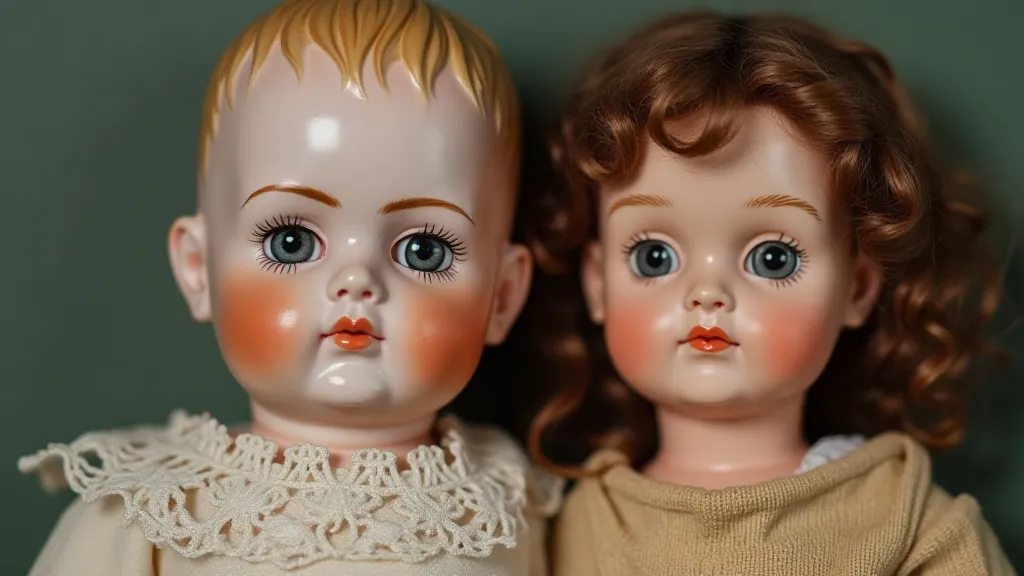
While plastic dolls were accessible to a wider range of families, many lamented the loss of the artistry and detail that characterized antique dolls. The hand-painted faces, the meticulously sewn clothes, the unique character of each doll – these qualities were increasingly sacrificed in the pursuit of efficiency and affordability. The shift wasn't simply about economics; it was a cultural shift away from valuing handcrafted goods and towards mass-produced consumerism. The dolls of the golden age were not simply toys, but reflections of a particular time and place, imbued with artistic expression that served as inspiration for artists and creators – a concept further explored in "/artists-muse-antique-dolls-inspiration">"The Artist's Muse: How Antique Dolls Inspired Creativity and Expression."
The Enduring Legacy: Collecting and Restoration
Despite the decline of antique doll manufacturing, the legacy of these cherished artifacts lives on. The antique doll collecting hobby has blossomed, fueled by a desire to preserve a piece of the past and appreciate the beauty and craftsmanship of these treasured objects. Collectors seek out rare and unusual dolls, often specializing in particular manufacturers or styles. The market for antique dolls is surprisingly robust, with prices ranging from a few dollars for simple dolls to tens of thousands of dollars for exceptionally rare or historically significant examples. A particularly fascinating aspect of this is the way societal norms and expectations surrounding childhood influenced the styles and designs favored by collectors – a topic central to "/echoes-of-childhood-societal-tapestry">"Echoes of Childhood: The Societal Tapestry Woven into Victorian Dolls."
The rise of restoration has also played a crucial role in preserving the legacy of antique dolls. While pristine condition is always desirable, many antique dolls bear the marks of time and use – cracked porcelain, faded paint, missing limbs. Skilled restorers carefully repair and revitalize these dolls, preserving their historical integrity while ensuring their longevity.
Restoration isn't about making the doll "perfect"; it’s about stabilizing the existing condition and repairing damage in a way that is sympathetic to the doll’s original character. It's a delicate process requiring knowledge, skill, and a deep respect for the history and artistry of the doll. A badly damaged doll, carefully restored, can be a beautiful reminder of the past, a testament to the resilience of craftsmanship. The ethics and artistry involved in this restoration work are vital to maintaining the integrity of these historical treasures and ensuring their survival for future generations.
The demand for skilled restorers highlights the enduring value placed on preserving these tangible links to the past. The rise of antique doll collecting and the dedication of artisans who specialize in restoring these delicate treasures speaks volumes about our ongoing fascination with these objects of childhood and artistry.
Ultimately, the story of antique doll manufacturing is a poignant reminder of the transience of industries and the inevitable march of progress. While the factories may be silent and the artisans largely forgotten, the dolls themselves continue to whisper echoes of a lost era, connecting us to a time of artistry, craftsmanship, and a profound appreciation for the joys of childhood. Their enduring appeal lies not just in their beauty, but in the stories they hold, the memories they evoke, and the tangible link they provide to a past that continues to fascinate and inspire.
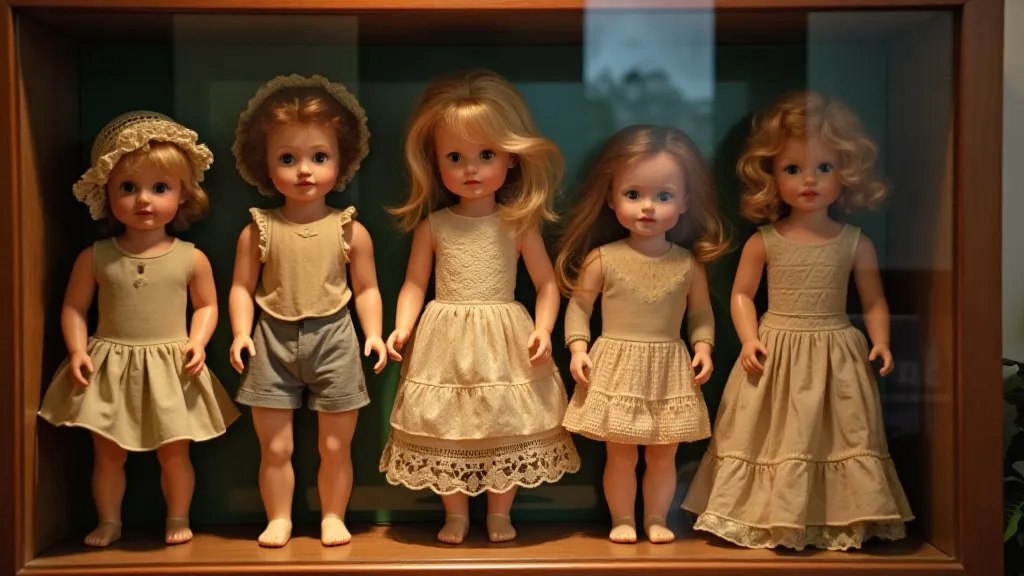
The intricate designs and detailed craftsmanship of antique dolls continue to captivate and inspire, serving as a testament to the skills and artistry of the artisans who created them. The enduring fascination with these objects provides a unique window into the social, cultural, and economic landscape of a bygone era. Their survival is a testament to the human desire to preserve and celebrate the artistry and craftsmanship of the past. Furthermore, the evolving styles and designs of these dolls reflect broader trends in society, offering a fascinating glimpse into the changing perceptions of childhood and beauty.


